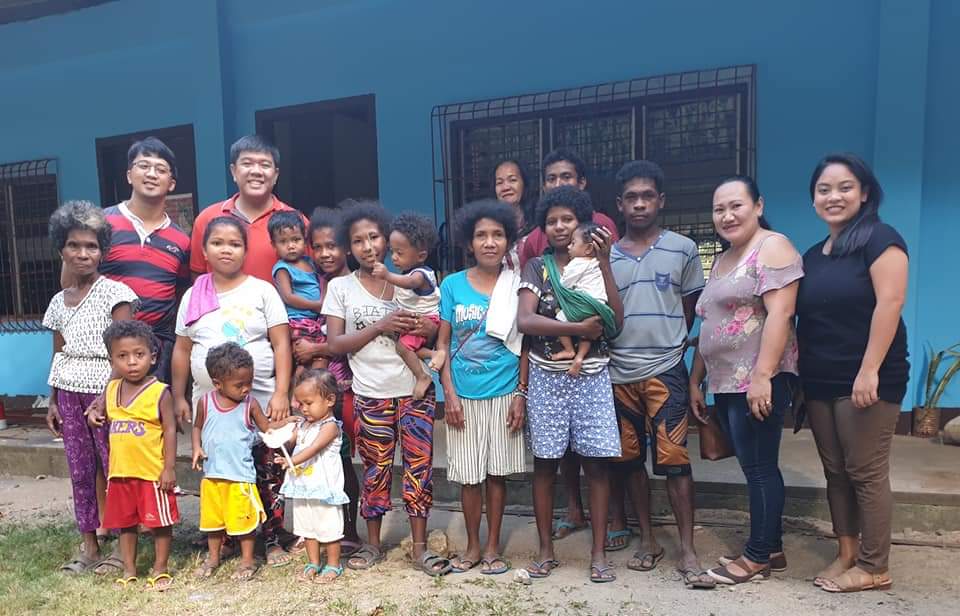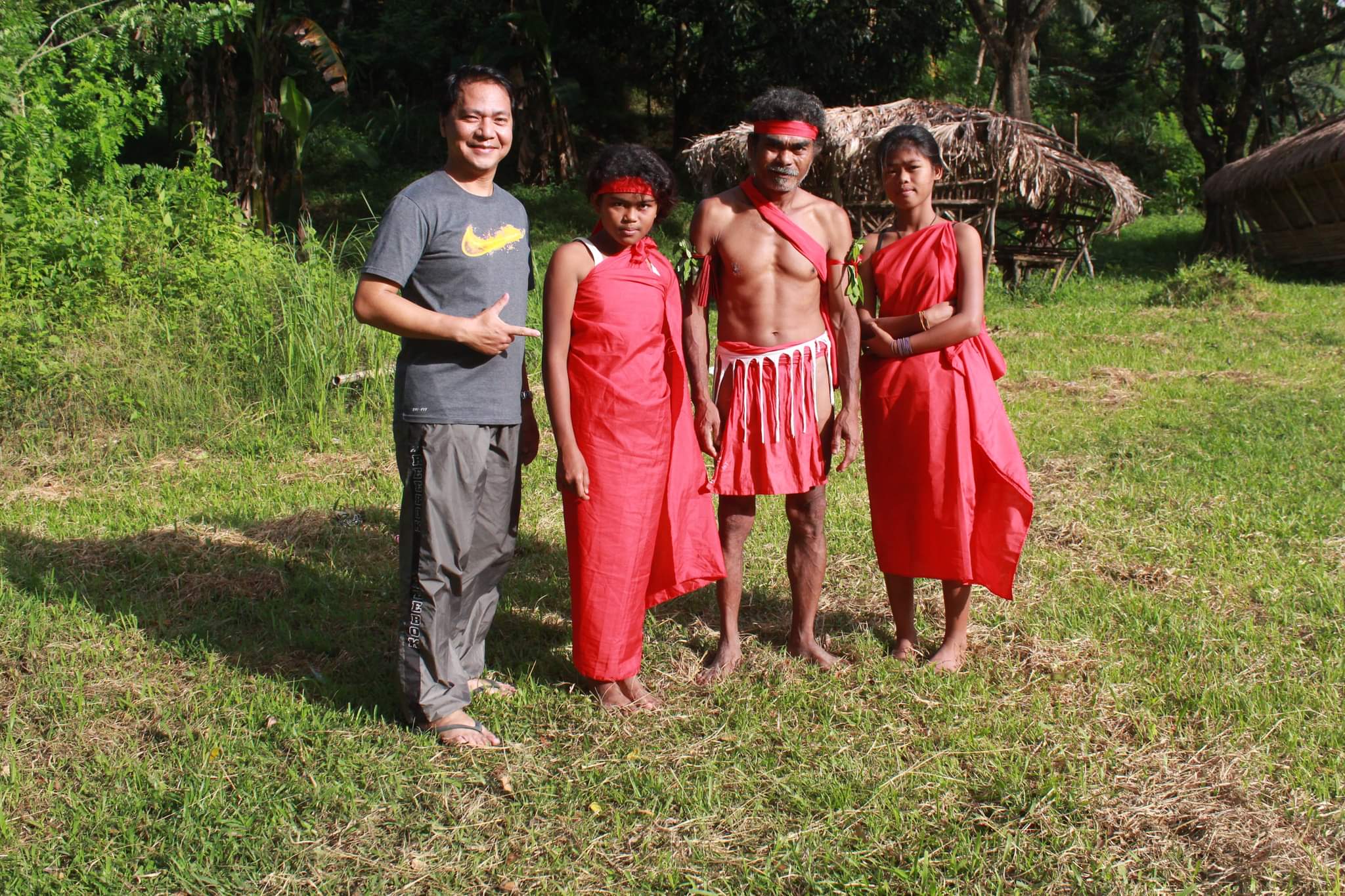Rich, diverse, and unique: Here's a sampling of some indigenous, and endangered, Philippine languages
The Philippines has been blessed with a rich linguistic landscape.
Most of us of us have heard the eight main Philippine languages, namely Tagalog, Cebuano, Bicolano, Hiligaynon, Pangasinense, Waray-Waray, Kapampangan, and Ilocano. However, those aren’t the only languages we have. In fact, we have 186 languages recorded, according to Ethnologue, an online reference publication on different world languages.
But the confusion arises as some people insist on calling some languages as dialects. So, which is which and what is the difference?
Language vs. Dialect
Dr. Marvin Maximo Abreu, a graduate professor teaching linguistics, language, and literature at the University of Santo Tomas and University of the East, acknowledged the challenge in differentiating between the two for most people
“That’s a one-million-dollar question,” Abreu said.
Abreu said the language vs dialect has been a debate among linguists for a long time now, not only in the Philippines but also across the world. According to Abreu, there’s a lot of factors to consider, such as political, cultural, and location or territory.
In the Philippines, one simple factor could make it easier to know the difference, and that is what we call “mutual intelligibility,” which refers to a situation where two or more speakers of one language understand each other.
"Halimbawa, sa Tagalog-Bulacan, ang gamit nila ay (ang gitlapi na) <um> ‘kumain ka na ba?’. Sa Tagalog-Cavite, (ang gamit nila ay) na-, ‘nakain ka na ba?’. The meaning of ‘na-’ there is just the same as the ‘<um>’ in kumain. The morpheme ‘na-’ is equivalent to the morpheme ‘<um>’,” he said.
Evolution
Abreu said that the speakers of Tagalog-Bulacan and Tagalog-Cavite can still understand one another because “nakain” and “kumain” mean the same thing.
“Ang tawag doon ay dialect dahil may mutual intelligibility,” Abreu said.
Whereas, if two or more speakers cannot comprehend what the other is saying and can’t carry out a conversation, that’s the time you can identify they’re speaking different languages.
But in some instances, a dialect may become a language unto its own once it grows and develops to the extent that it becomes mutually unintelligible from the parent language where it came from. This evolution is natural in some instances. But unfortunately, some languages also feal by the wayside toward dying a natural death.
Dying languages
“Languages die. In fact, there is a prediction that out of the 6,809 known languages in the world, one-third of today's languages will disappear in the 21st century," said Dr. Chirbet C. Ayunon, an assistant professor IV at Cagayan State University.
Aldrin Ludovice Salipande, who teaches languages at the National University, said the government and the academe each have a role to play in preserving the country’s languages.
"Government agencies like the KWF (Komisyon sa Wikang Filipino) and NCCA (National Commission for Culture and the Arts) should be more active in doing their mandate and employ and support more (aspiring) Filipino linguists in the country, and engage into dialogue with many ethnolinguistic communities in the Philippines on how the government can help them preserve, promote and maintain their cultural identities," he said.
To help spread awareness regarding our rich linguistic heritage, here are four samples of indigenous languages, some of which are now endangered.
Agta Lopenze
Agta Lopenze is a Philippine Negrito language spoken around Lopez, Quezon Province. Salipande, who has been studying the language, described Agta Lopenze as a language that is “closely related to the languages spoken by the Agtas of Alabat Island and the Manides of the Bicol region.”

Other than that, not much is known about Agta Lopenze as it is one of the critically endangered languages in the Philippines.
“Agta Lopenze at this point in time is not yet recognized by any ‘language authority’ in the Philippines or even in the world […] In fact, there’s a dearth of information about this Negrito group and their language although occasional mention is made by earlier scholars about the existence of this Negrito community in Lopez, Quezon,” Mr. Salipande stressed.
Itawit
Itawit is a developing language that’s been spoken in the Northern Luzon area with approximately 189,000 language users. According to Ayunon, whose dissertation focused on the grammar of Itawit, Itawit is closely related to the Ibanag in terms of some linguistic features.
“In fact, in a study by Gordon (2005), Itawit and Ibanag have a mutual intelligibility of 69%. This explains why speakers of Ibanag and Itawit can easily understand each other,” she explained.
Despite the mutual intelligibility between these two languages, Itawit still has its own features that make the language unique and different compared to Ibanag.
Ibanag
Ibanag, or Ybanag, is a language spoken in Northern Luzon. As per Ethnologue’s data, Ibanag has over 277,000 in user population. This language has been studied by numerous scholars and still remains an interesting area to explore due to its linguistic richness.

Dr. Ma. Theresa L. Eustaquio, an associate professor at Isabela State University-Echague Campus, said there is also a similarity between Ibanag and Itawit.
“In sociolinguistics, sinasabi roon na because of universal grammar, pare-pareho ‘yung linguistic features ng Philippine languages na lagi siyang VSO (Verb-subject-object) pattern. ‘Pag dating sa Ibanag and Itawit/Itawes kasi, pareho ‘yung linguistic features. Nagkakaiba lang siya pagdating sa terms na ginagamit,” she pointed out.
Regardless of the similarities between the two, Ibanag also has some unique linguistic features. One unique feature of Ibanag is how it creates the plural form of a word.
“Halimbawa, ‘yung tolay which means tao o person. Doblehin mo lang siya [at gawing] totolay, plural na siya. Ito na ‘yung tinatawag na people. Balay, which means a house. Magiging plural siya ‘pag ginawang babalay, which means houses,” Eustaquio said.
Another distinguishing feature of Ibanag speakers, according to Eustaquio, is their usage of “k” over “g” such as saying “nahulok” instead of “nahulog” in Filipino.
Southern Alta (Kabulowan)
Southern Alta, or known as Kabulowan, is a Philippine Negrito language that is spoken in the Central Luzon region, particularly in some areas of Bulacan, Aurora, and Nueva Ecija.

With a user population of 450, it is now one of the endangered and/or threatened Philippine Negrito languages, as many Kabulowan children now don’t speak the language at home and school.
Abreu has documented Kabulowan’s grammar and found some linguistic features that are similar with other Philippine languages, such as Tagalog.
But Abreu, who has studied the language at length, said that language usage has been falling dramatically as Kabulowan children now usually speak Tagalog because they’re located near the Tagalog community.



